Scores




Medical coding systems, including CPT, ICD-9, and ICD-10, are standard for coding medical procedures. They allow for the transformation of the narrative description of diagnoses, procedures, services and other identifiers into numbers which represent that data.
Current Procedural Terminology (CPT) coding is a U.S. standard for coding medical procedures, which is trademarked by the American Medical Association (AMA).
CPT five-digit numeric codes identify medical procedures and services provided and are used by physicians, coders, health insurance companies, accreditation agencies, and patients to determine the cost of those services, i.e. how much physicians should be paid.
Unlike CPT codes, which are trademarked by AMA and used in U.S. only, ICD codes are widely recognized all over the world and used in more than one hundred countries for recording diagnoses and classifying mortality and morbidity statistics.
The World Health Organization (WHO) developed the ICD and still monitors it, while in the U.S., the National Center for Health Statistics (NCHS) supervises all changes made to the ICD codes, along with the WHO.
There are two versions of ICD codes in use, ICD-9, and ICD-10. The ICD coding system connects the health issues of patients by using three- to five-digit alphanumeric codes which denote signs, symptoms, diseases, conditions, and injuries.
The ICD-10 coding system classifies the diagnoses and health issues of patients using four to seven digit alphanumeric codes to denote signs, symptoms, diseases, conditions, and injuries.
Both ICD-9 and ICD-10 are often used together with CPT codes to update the patients' medical records by identifying the physician service provided during a patient visit. They're then submitted to a payer for the physician to be reimbursed.
While the guidelines and conventions of both coding systems are similar, the ability to organize and add more detail to the codes increases exponentially in ICD-10 codes.
In the ICD-9, each three-digit category can only have ten subcategories, or approximately 13,600 codes, with no room to expand the code further and accommodate the number of diseases and symptoms present nowadays.
On the other hand, the ICD-10 holds approximately 69,000 codes and allows additional expansions as new diagnoses are discovered and added.
Mandated by the U.S. Department of Health, the ICD-9 version of the code was replaced with the ICD-10 on October 1, 2015, which has so far proven to be a positive change for the healthcare industry.
This change in coding systems was a huge move which required a lot of planning, a period of adaption, and extra training for coders, billers, physicians and other healthcare personnel.
Being familiar with these different types of medical codes (CPT, ICD-9, and ICD-10) and able to determine these codes is an important role in the healthcare industry. Also, medical providers and coders should be able to convert ICD-9 codes which still may be in use to equivalent ICD-10 codes.
However, this can be challenging without some sort of reference. The best reference nowadays is, of course, the one you can carry around with you - on your mobile device.
Last year, we compiled a list of best ICD-10 apps every physician should consider when looking for medical codes.
In that article, we mentioned DxCodeMapper app that allows providers to browse, search, and convert ICD-9 and ICD-10 diagnosis codes in accordance with CMS's established General Equivalence Mapping (GEM) methodology.
CMS and the CDC have defined the relationship between ICD-9 and ICD-10 codes through a set of General Equivalency Mappings (GEMs).
DxCodeMapper app uses these GEMs to help healthcare professionals to look up the codes and convert between ICD-9 and ICD-10 diagnosis codes in an easy to use format.
Upon the first launch, the app presents users with a brief overview of GEM, coding systems, and how the app converts between these codes, before proceeding to the code list.
The list is designed that way to allow users to browse through ICD-9 or ICD-10 codes by simply switching between two tabs (categories).
Additionally, users can simply search for any diagnostic code or even partial terms within either ICD-9 or ICD-10 categories using Search field which populates the results as you type.
Tapping on entries in the list would open subcategories and/or diagnoses which are provided with the equivalent within the other category.
The true value of this app is that it allows bi-directional conversion between ICD-9 and ICD-10 codes, and provides complete descriptions (using CMS official descriptions).
All GEM combination sets for each diagnosis are provided in a clear presentation style, including both forward and reverse GEMs.
The app also identifies diagnoses that are included in the CMS-HCC model that may impact reimbursements.
Once downloaded, the app can be used offline, which is a plus if you're working in remote areas without an Internet connection.
The iOS version of the app supports split-screen multitasking on supported devices, which means you can use the DxCodeMapper app while using an EMR or other split-screen compatible apps.
The app, however, lacks the ability to bookmark diagnoses, which could be useful for providers who use only particular codes for their specialty to access them quickly from Bookmarks or Favorites section.
Overall, I wouldn't complain much about the DxCodeMapper app. It does the job it's intended for, and it does it quickly and efficiently.
Benefit: All healthcare providers and medical coders who want to convert between ICD-9 and ICD-10 codes would benefit from this app
Verdict:
For- Provides easy and quick conversion between medical coding systems
- Utilizes established GEM methodology
- The iOS version of the app supports split-screen multitasking
- Ability to add bookmarks/favorites


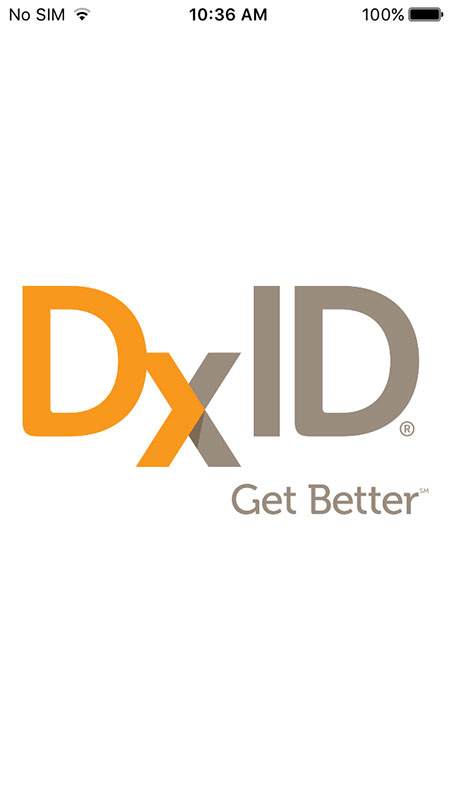
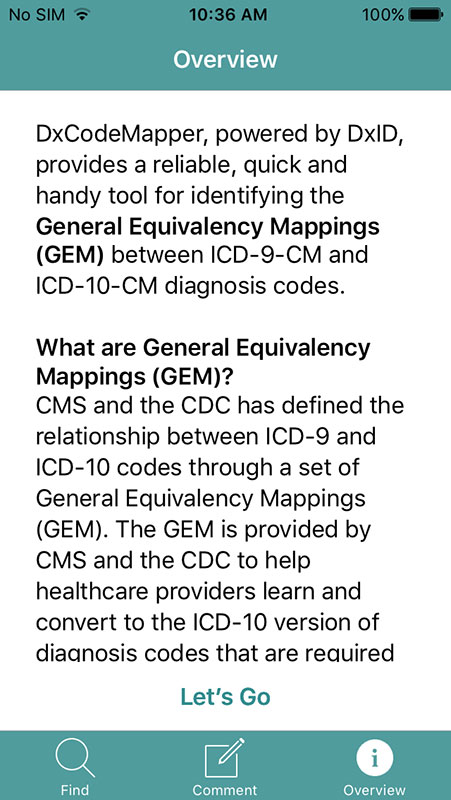
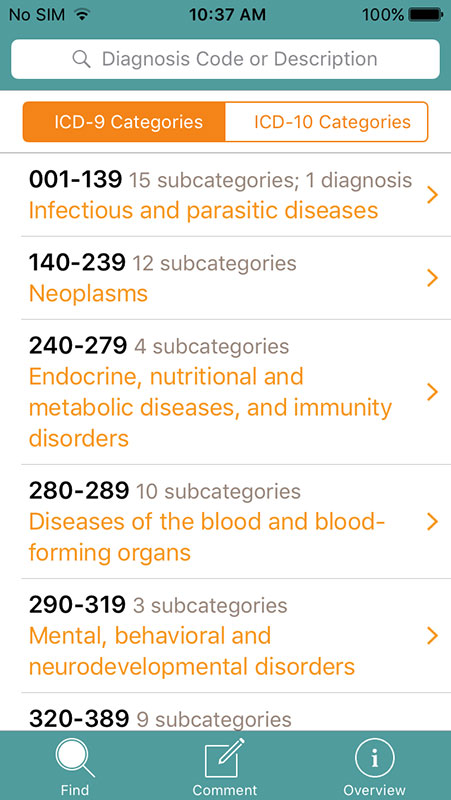
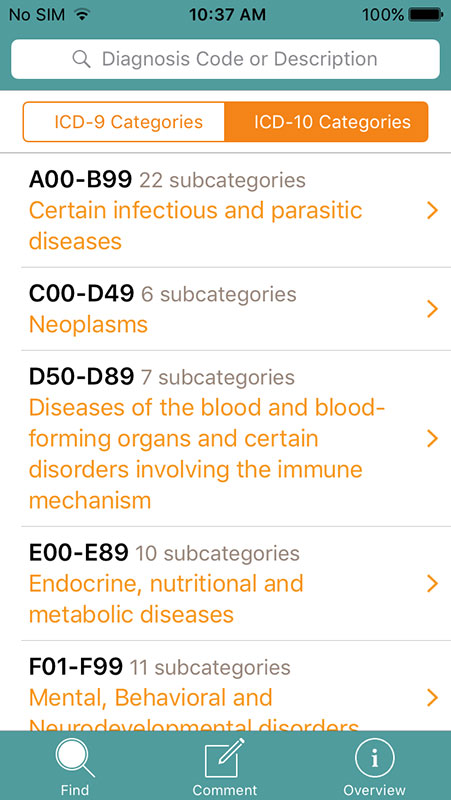
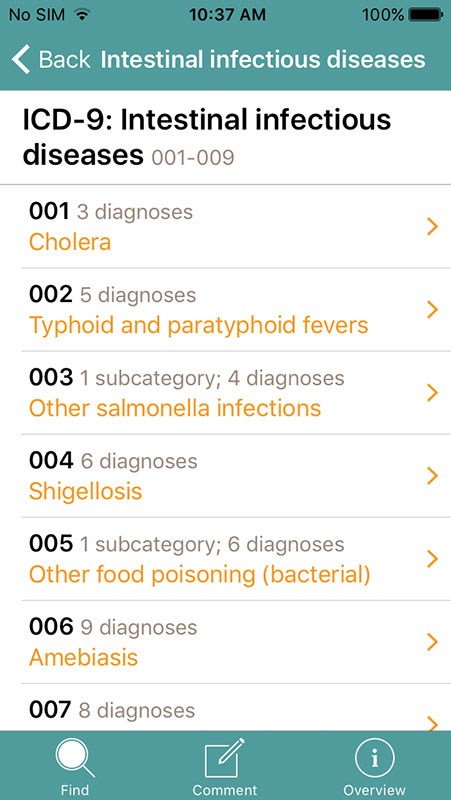
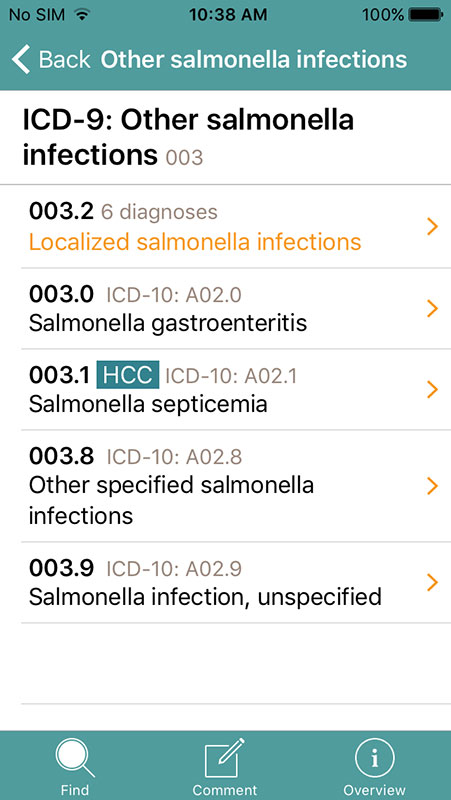
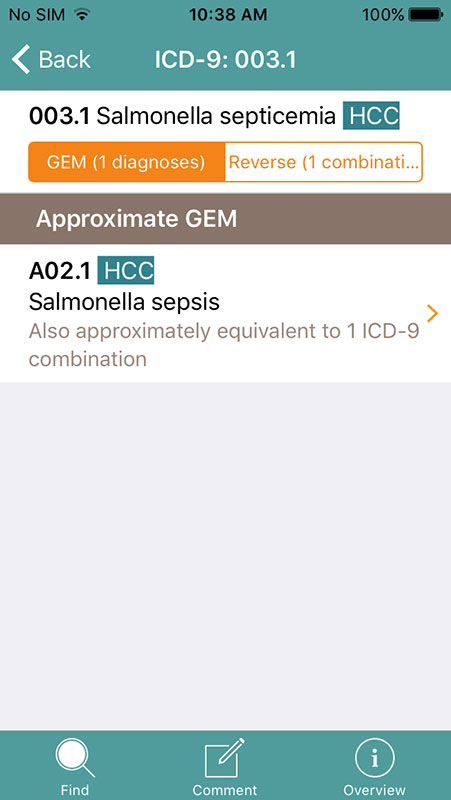
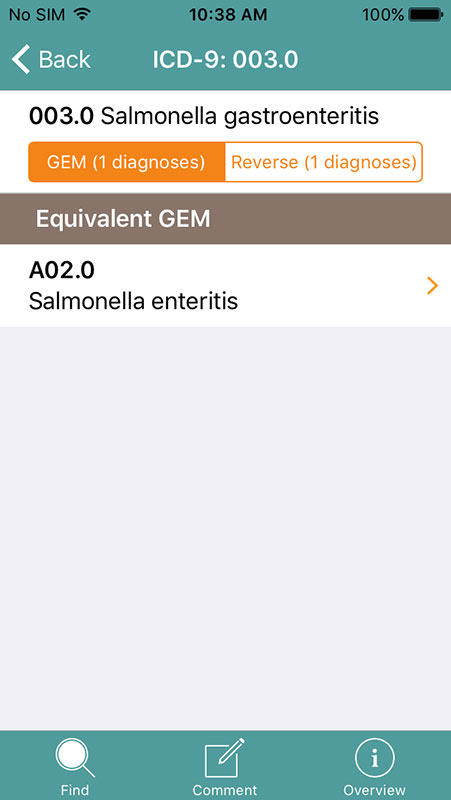
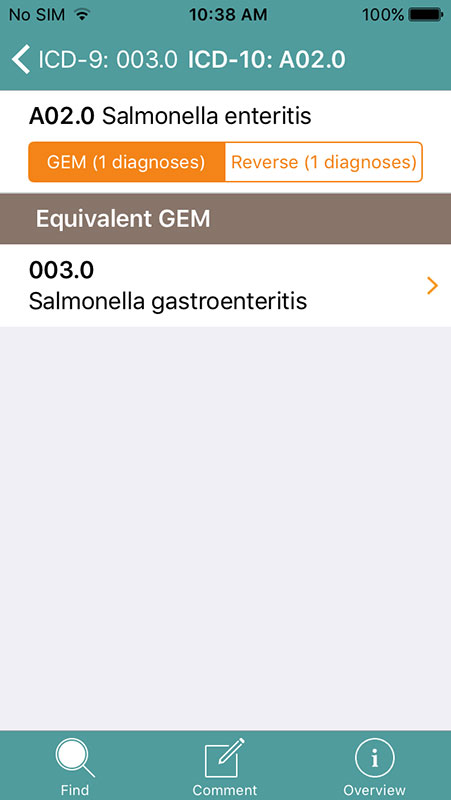
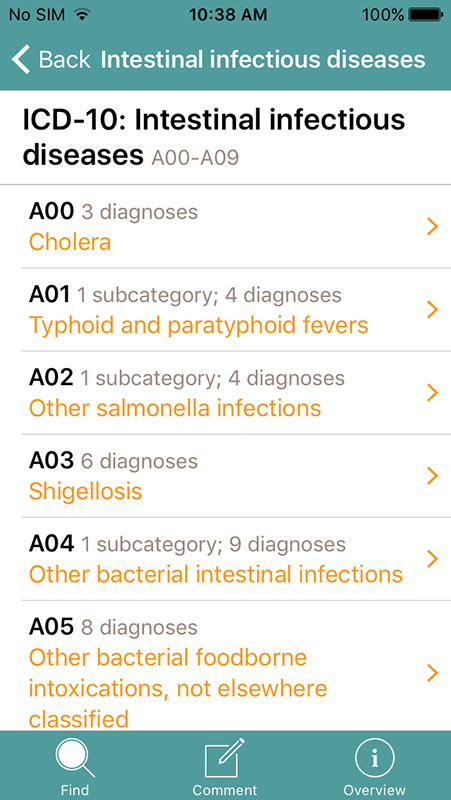

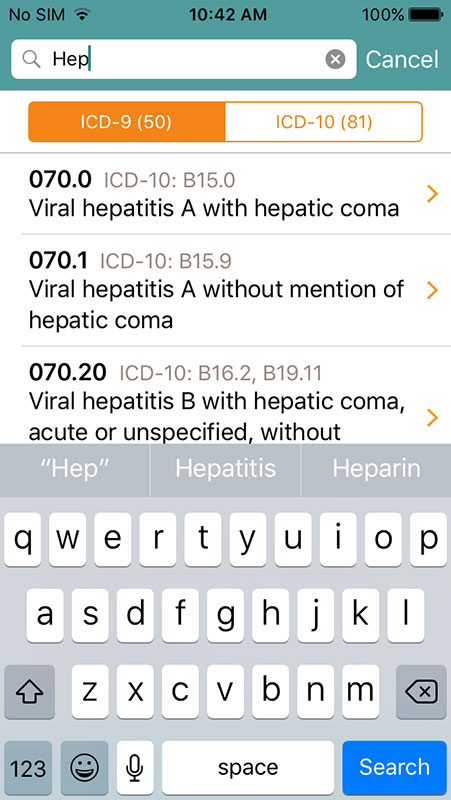

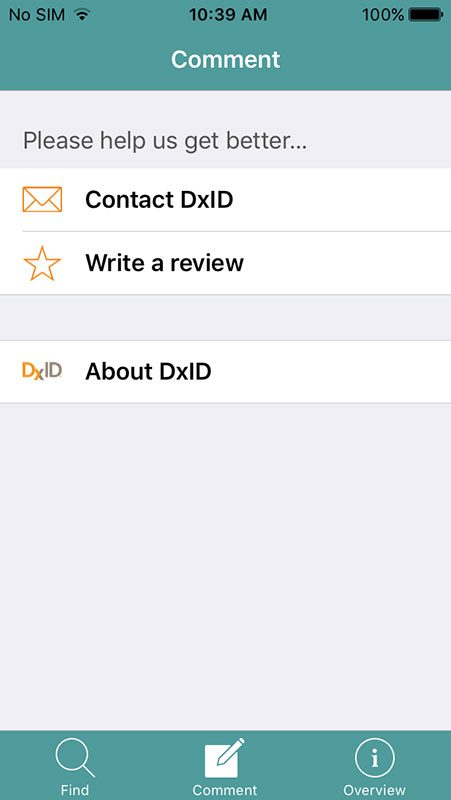


















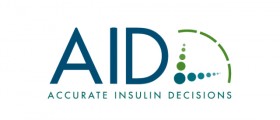


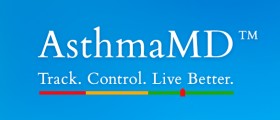




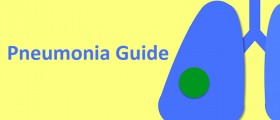



Your thoughts on this
Loading...